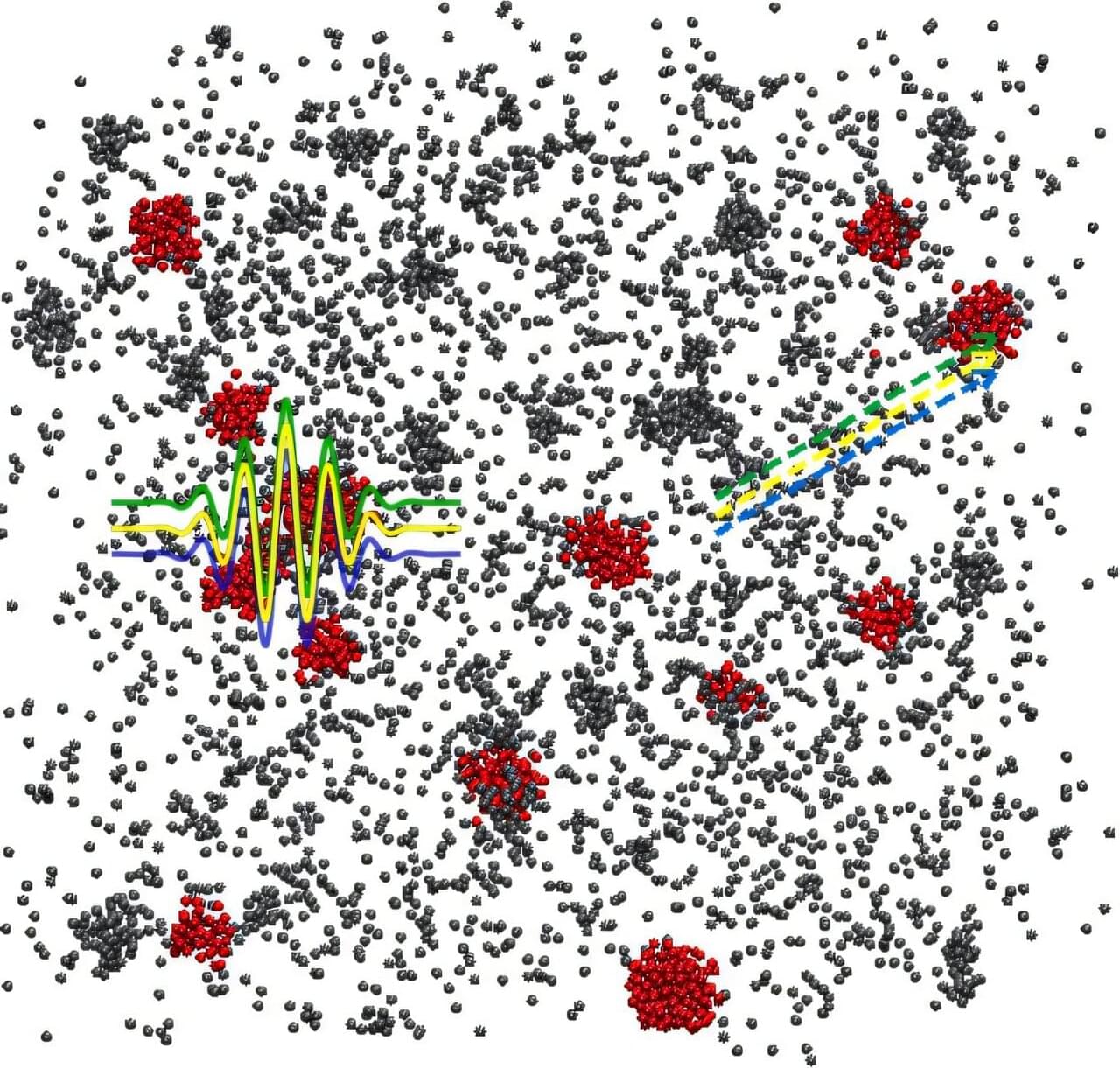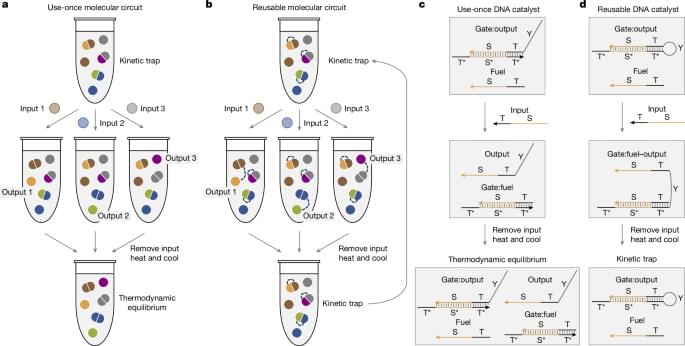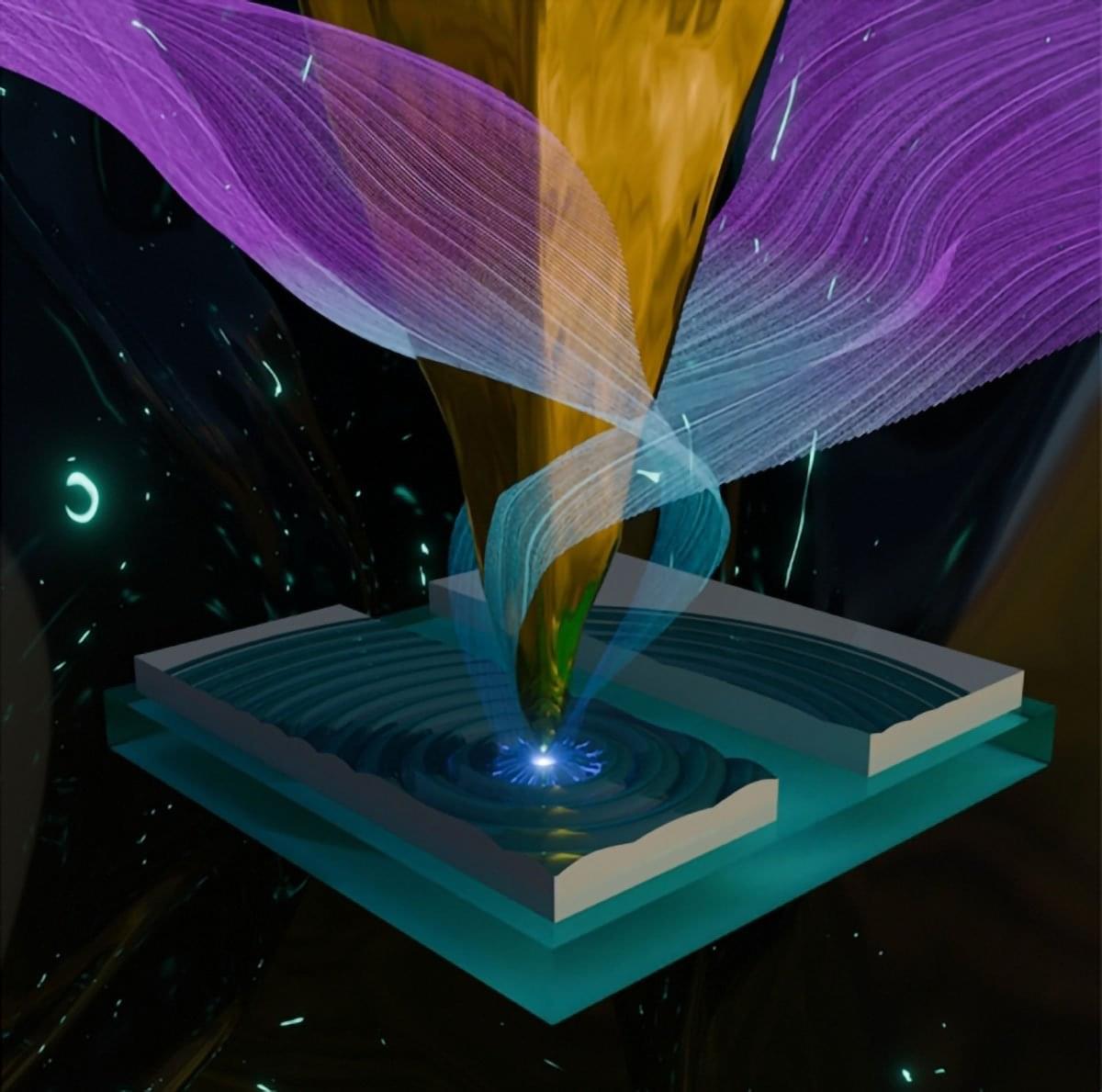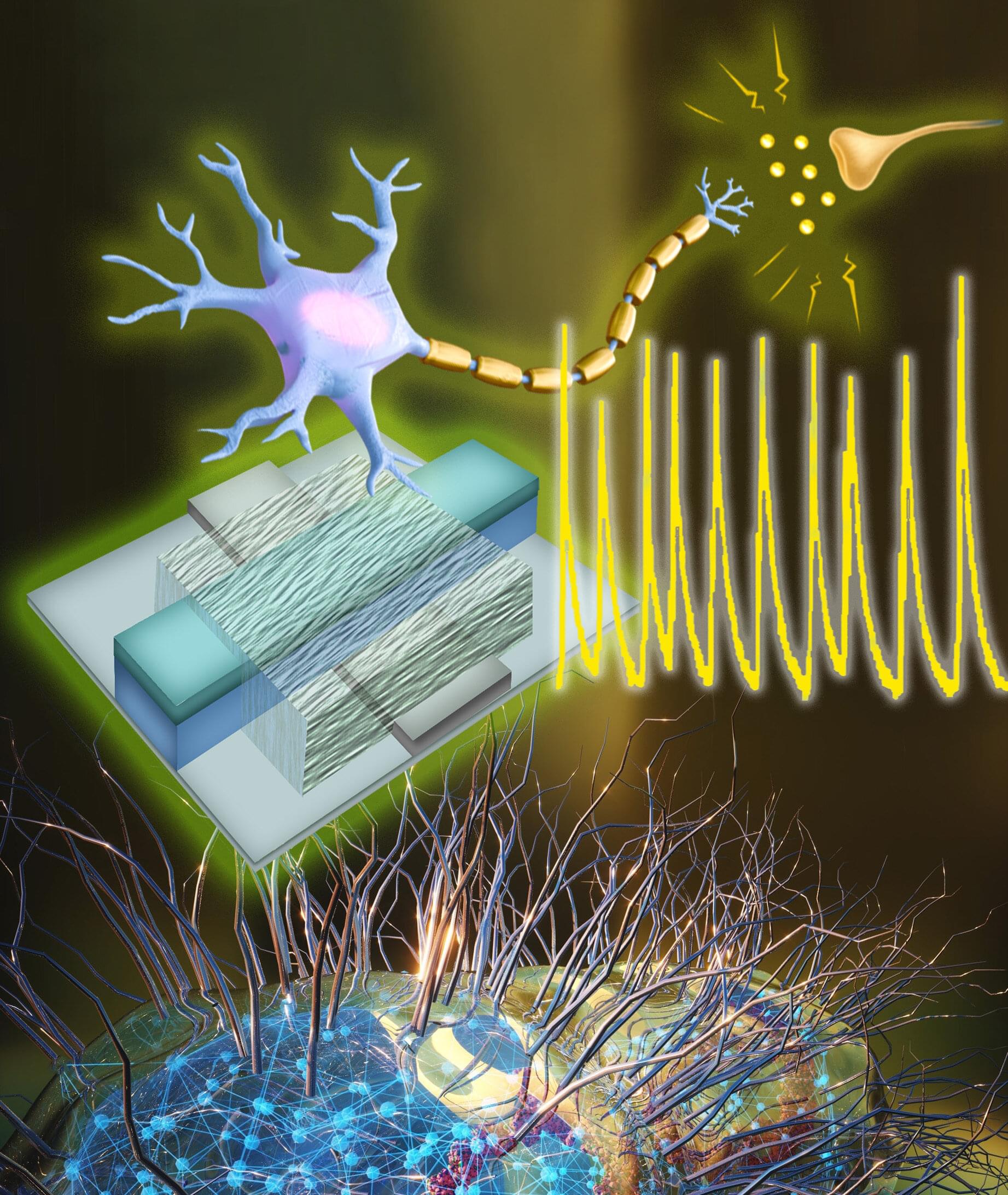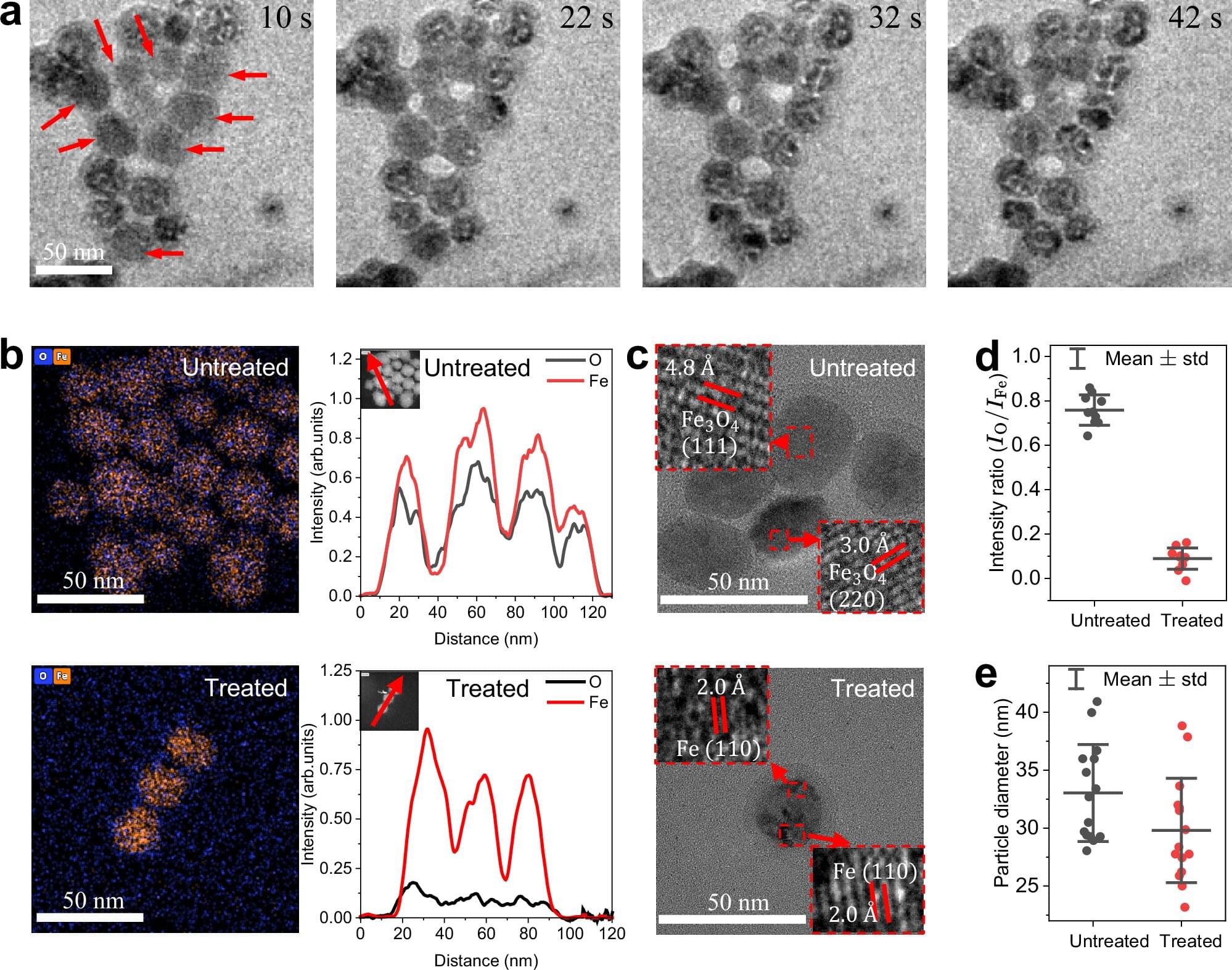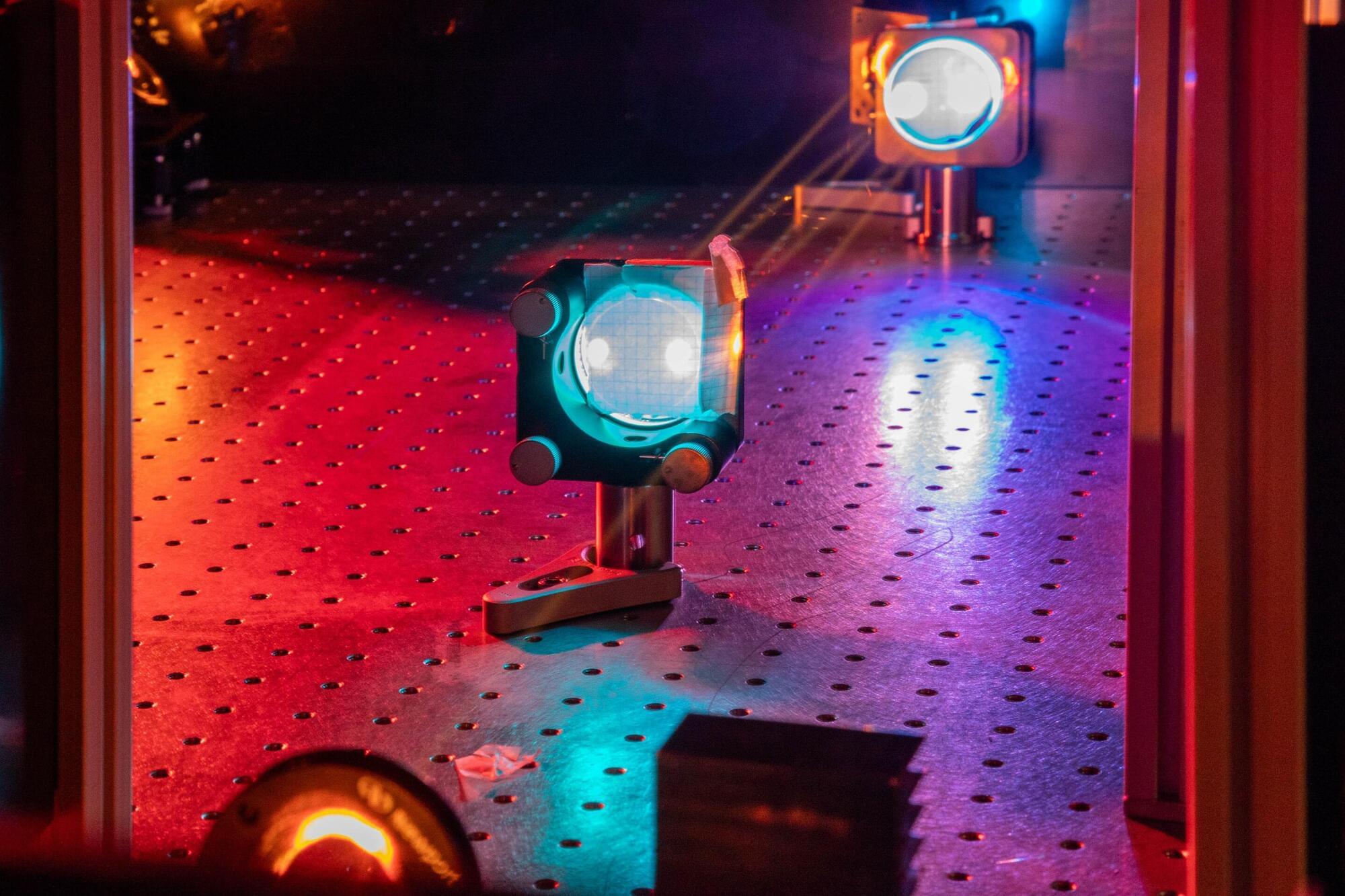A supercritical fluid refers to a state in which the temperature and pressure of a substance exceed its critical point, where no distinction exists between liquid and gas phases. Traditionally, it has been regarded as a single, uniform phase. However, a research team at POSTECH (Pohang University of Science and Technology) experimentally demonstrated nonequilibrium phase separation within supercritical fluids by observing nanometer-sized “liquid clusters” that persist for up to one hour.
The research team led by Professor Gunsu Yun from the Division of Advanced Nuclear Engineering and the Department of Physics at POSTECH, in collaboration with Dr. Jong Dae Jang’s group at the Korea Atomic Energy Research Institute (KAERI), Professor Min Young Ha at Kyung Hee University, and Dr. Changwoo Do’s team at Oak Ridge National Laboratory (ORNL) in the U.S., experimentally verified the existence of nano-clusters that exist separately in a liquid-like state within supercritical fluids previously considered a uniform phases.
The experiment utilized the Small-Angle Neutron Scattering (SANS) instrument at Korea’s neutron research facility, HANARO.
